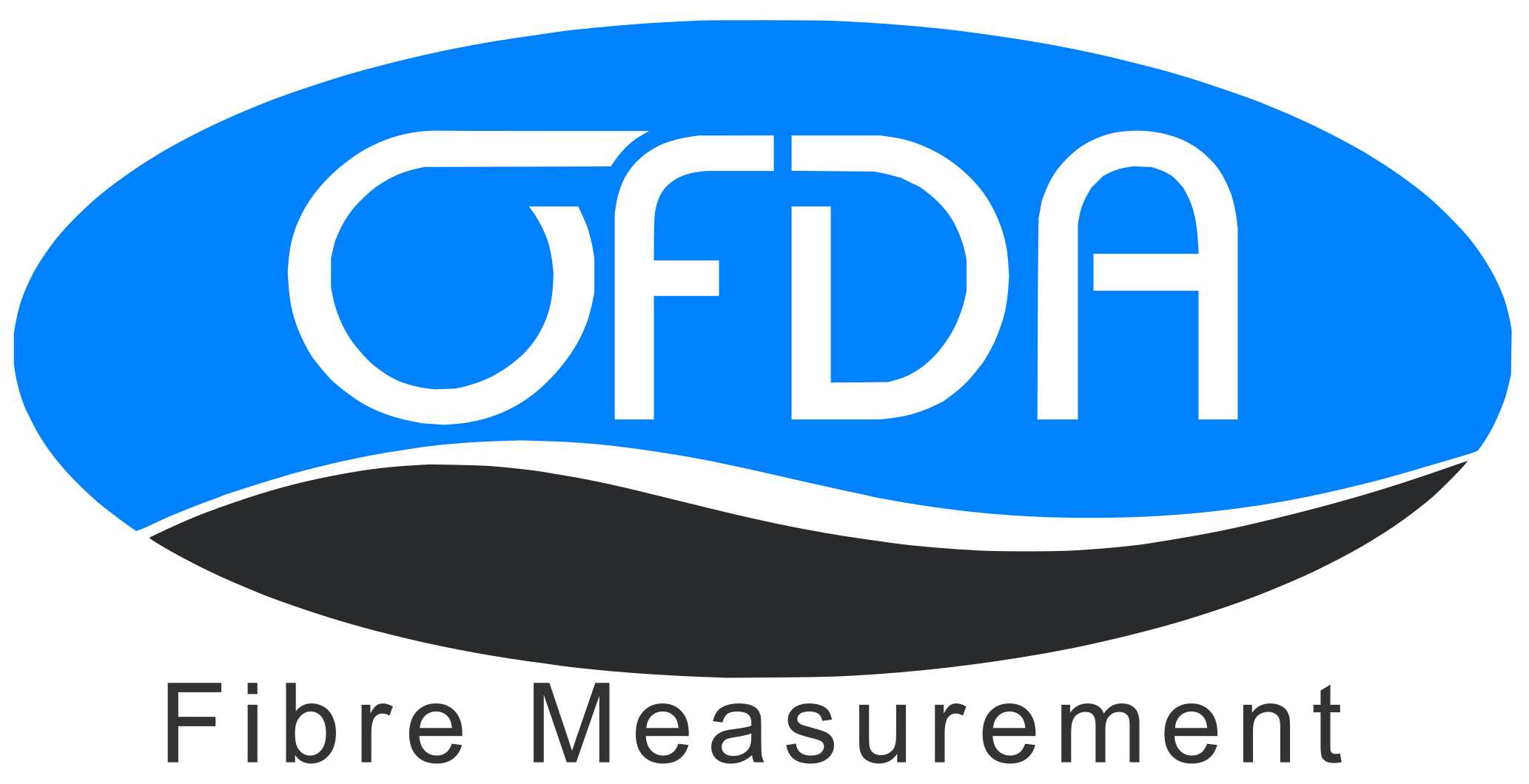Wool Fibre & Precision: Transforming Textiles Today
- Thomas Hegerty
- Jun 30
- 4 min read
Updated: Sep 24
Wool has long been treasured for its warmth, versatility, and natural appeal. But behind every high-quality wool product lies a meticulous process of evaluation—where wool fibre measurement plays a crucial role. Whether you're a wool grower, processor, researcher, or buyer, understanding the properties of wool fibres is essential for achieving quality outcomes.
At the forefront of this transformation is OFDA (Optical-Based Fibre Diameter Analyser), a technology developed to provide accurate, non-destructive, and rapid measurements of wool fibre characteristics. In this blog, we explore how wool fibre is assessed, why it matters, and how OFDA technology is setting new benchmarks across the global wool industry.
What Is Wool Fibre?
Wool fibre is the natural, protein-based fibre obtained from sheep. It is distinct from synthetic fibres and even other natural fibres due to its crimped structure, breathability, elasticity, and insulating properties. These characteristics make wool ideal for everything from fine apparel and sportswear to carpets and industrial insulation.
However, not all wool fibres are created equal. Key properties like fibre diameter, crimp, length, strength, and medullation determine their end-use, comfort level, and commercial value.
Why Wool Fibre Measurement Matters
The diameter of wool fibre is perhaps the most critical attribute affecting its softness, durability, and market price. Measured in microns, the finer the fibre, the softer the wool. Merino wool, for example, is prized globally for its ultra-fine fibres, often under 20 microns.
Other important metrics include:
Fibre diameter variation: Uniformity leads to better processing performance.
Fibre curvature: Affects how wool handles and spins into yarn.
Comfort factor: The percentage of fibres below 30 microns, impacting garment wearability.
Accurate wool fibre measurement ensures that growers are fairly compensated, processors can optimise production, and consumers receive consistent, high-quality products.
Traditional vs Modern Methods of Wool Fibre Testing
In the past, wool fibres were measured manually using microscopes or via airflow instruments. While these methods laid the groundwork for fibre analysis, they lacked precision, speed, and reliability.
Enter modern fibre measurement systems like the Optical-Based Fibre Diameter Analyser (OFDA), which have completely transformed the process.
What Is OFDA and How Does It Work?
OFDA (Optical-Based Fibre Diameter Analyser) is a cutting-edge instrument designed by Robotic Vision, an industry leader in textile fibre analysis. This technology uses optical imaging to assess the properties of individual wool fibres quickly and accurately.
Here’s how it works:
Sample Preparation: A small sample of wool is prepared and aligned for analysis.
Optical Imaging: The system captures high-resolution images of each fibre.
Data Analysis: Advanced algorithms measure the fibre diameter, curvature, medullation, and other characteristics.
Real-Time Reporting: Results are displayed within minutes, providing instant insights.
.
Key Benefits of Using OFDA for Wool Fibre Analysis
Precision at Scale
OFDA can measure thousands of fibres in a single test, providing an accurate average diameter and variation statistics. This is crucial for commercial grading and textile consistency.
Speed and Efficiency
With results in under 60 seconds, OFDA significantly reduces waiting times. Whether in the lab or on-site, speed matters in decision-making.
Versatility
OFDA systems can measure greasy wool, processed slivers, yarn, and even fabric. It’s suitable for use by breeders, brokers, processors, and textile researchers.
Data-Driven Decisions
Wool growers can benchmark their clips. Mills can ensure uniformity before dyeing. Brands can promise consistent quality. It all starts with accurate wool fibre data.
Applications of OFDA in the Wool Industry
The versatility of OFDA systems makes them invaluable across the entire wool supply chain:
In Wool Growing: Breeders use OFDA to assess the fibre diameter of individual animals, aiding in genetic selection for superior fleece.
In Brokering: Fibre testing helps brokers assign the correct price categories to wool clips before auction.
In Processing: OFDA allows mills to monitor and adjust processing parameters, reducing waste and improving product consistency.
In Research: Scientists use the technology to study wool fibre properties, helping innovate better products and more sustainable practices.
Wool Fibre and Sustainability: A Perfect Match
Wool is naturally biodegradable, renewable, and long-lasting. When measured and processed correctly, its environmental footprint is further reduced. OFDA supports this by enabling smarter resource use, reducing over-processing, and minimising waste.
By improving fibre analysis, OFDA contributes to a more sustainable wool industry—where every fleece is used to its fullest potential.
Global Impact: OFDA Beyond Australia
While Australia is the world’s largest producer of wool, OFDA’s impact extends globally. Exporters use OFDA-generated data to meet international quality standards. Textile manufacturers worldwide rely on this data to guarantee consistency in high-end wool garments and technical textiles.
From Italian fashion houses to Chinese textile mills, the ripple effect of accurate wool fibre analysis is felt in markets across the globe.
The Future of Wool Fibre Testing
As the wool industry embraces digital transformation, fibre analysis will continue to evolve. The integration of cloud-based reporting, AI-powered prediction tools, and portable testing units will further empower the supply chain.
OFDA is at the centre of this evolution—offering tools that combine accuracy, speed, and adaptability to keep up with the demands of a modern textile market.
Why Choose OFDA?
At Robotic Vision, we understand that precision matters. Our Optical-Based Fibre Diameter Analyser has been trusted by industry leaders, research institutions, and wool professionals for decades.
Whether you’re a wool classer, textile innovator, or apparel brand, choosing OFDA means choosing:
Reliable data
Faster testing
Comprehensive reporting
A more profitable and sustainable wool supply chain
Investing in Quality Starts with the Fibre
Wool fibre analysis is more than just a test—it's a gateway to better products, higher profits, and sustainable outcomes. As the demand for natural and traceable fibres grows, tools like OFDA are becoming indispensable.
If you're in the wool industry and haven't yet experienced the advantages of OFDA, now is the time.
Contact Robotic Vision today to learn how our OFDA technology can support your wool operations—from paddock to product.





Comments